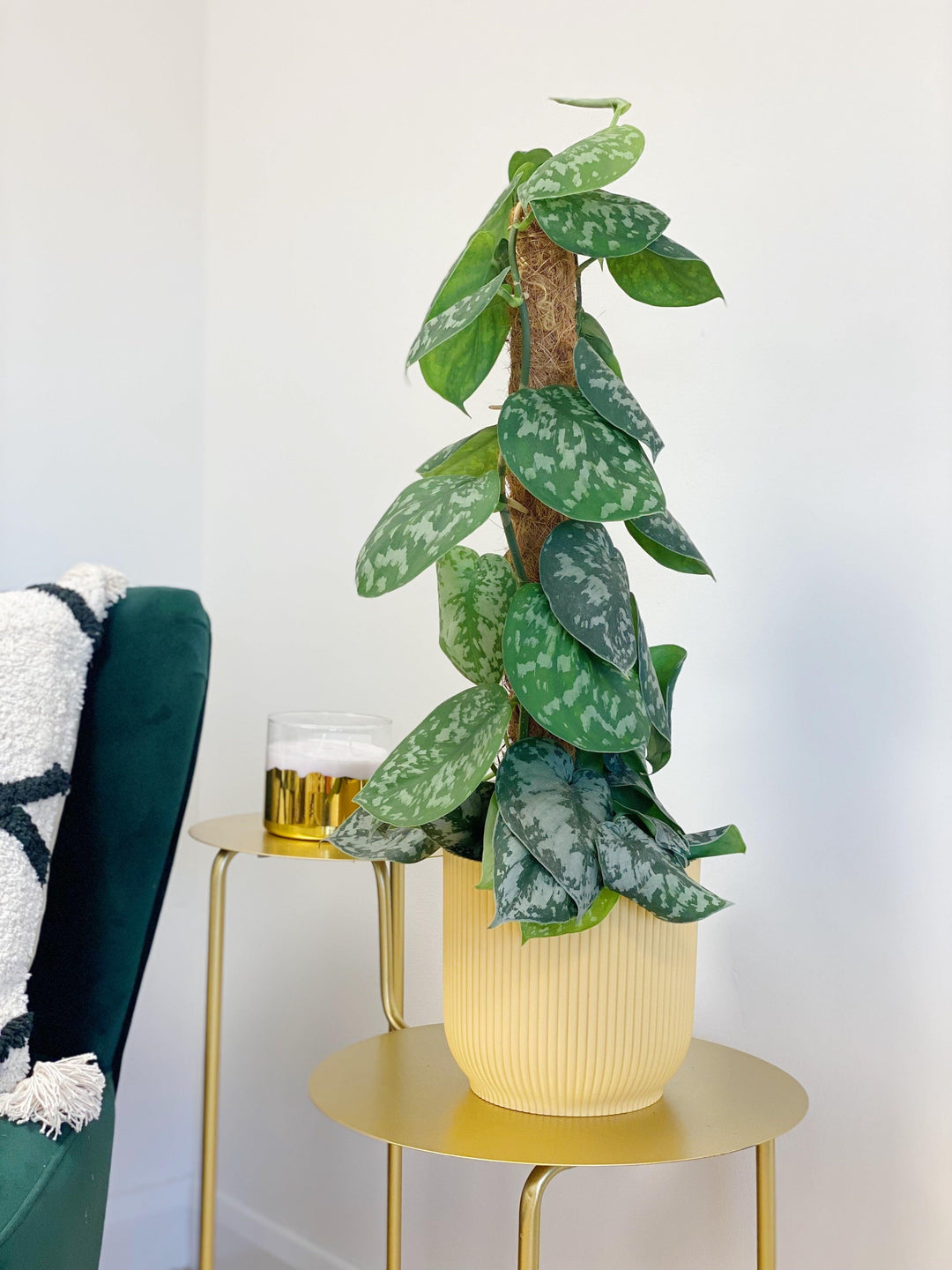The Enchanting Scindapsus Pictus ‘Trebie’: A Deep Dive into Velvet Foliage
The Scindapsus pictus ‘Trebie’, a cultivar of the popular silver vine, stands as a testament to the quiet elegance that indoor plants can bring. With its uniquely textured, velvety leaves splashed with shimmering silver markings, it’s captured the hearts of plant enthusiasts worldwide. This article delves into the intricacies of this captivating houseplant, exploring its origins, characteristics, care requirements, propagation methods, and common issues, providing a comprehensive guide for both novice and experienced plant keepers.
Origins and Botanical Background
Scindapsus pictus, also known as the silver vine or satin pothos (though it’s not a true pothos), is native to the tropical rainforests of Southeast Asia, particularly Thailand, Malaysia, and Borneo. ‘Trebie’ is a specific cultivar celebrated for its larger, more prominent silver blotches and distinctively textured leaves compared to the standard species.

Botanically, Scindapsus belongs to the Araceae family, a diverse group encompassing familiar plants like philodendrons, monsteras, and anthuriums. These plants are known for their characteristic spadix and spathe inflorescence, though they rarely flower indoors. The genus Scindapsus is characterized by its vining habit and the presence of silver or white variegation on its leaves.
Distinctive Features of ‘Trebie’
‘Trebie’ is easily distinguishable from other Scindapsus pictus cultivars by its unique features:
Larger Leaves: Compared to the standard species and other cultivars like ‘Argyraeus’, ‘Trebie’ boasts significantly larger leaves, creating a more dramatic visual impact.

Optimal Growing Conditions
To ensure the ‘Trebie’ thrives, mimicking its natural rainforest habitat is crucial. Here’s a breakdown of the key growing conditions:
Light: ‘Trebie’ prefers bright, indirect light. Direct sunlight can scorch its delicate leaves, while insufficient light can lead to leggy growth and faded variegation. A location near an east or north-facing window is ideal.
Propagation Techniques
Propagating ‘Trebie’ is relatively straightforward, allowing you to expand your collection or share it with friends.
Stem Cuttings: The most common method is through stem cuttings. Select a healthy vine and cut a section with at least two nodes. Remove the lower leaves and place the cutting in water or moist potting mix. Roots will typically develop within a few weeks.
Common Issues and Solutions
While ‘Trebie’ is generally a resilient plant, it can encounter a few common issues:
Root Rot: This is often caused by overwatering and poor drainage. Symptoms include yellowing leaves, wilting, and a foul odor from the soil. To prevent root rot, ensure proper drainage and allow the soil to dry slightly between waterings.
Enhancing ‘Trebie’s’ Growth and Appearance
Several techniques can be employed to enhance the growth and appearance of your ‘Trebie’:
Pruning: Regularly pruning the vines can encourage bushier growth and prevent the plant from becoming leggy. Use clean, sharp shears to avoid damaging the plant.
‘Trebie’ in Interior Design
The ‘Trebie’s’ elegant appearance and trailing growth habit make it a versatile addition to any interior design scheme.
Hanging Baskets: Its cascading vines create a stunning visual display when placed in hanging baskets.
Conclusion: A Velvet Jewel for Your Indoor Garden
The Scindapsus pictus ‘Trebie’ stands as a captivating and rewarding houseplant, offering a touch of tropical elegance to any indoor space. Its unique velvety leaves, adorned with shimmering silver markings, make it a prized possession among plant enthusiasts. By providing the optimal growing conditions and implementing proper care practices, you can ensure that your ‘Trebie’ thrives and adds a touch of natural beauty to your home. Its versatility in interior design, coupled with its relative ease of care, solidifies its position as a must-have for any indoor gardener. The enduring charm of ‘Trebie’ lies not only in its visual appeal but also in the sense of tranquility and connection to nature it brings into our daily lives.

